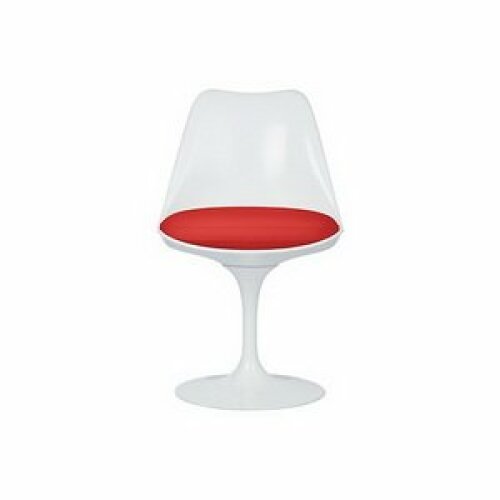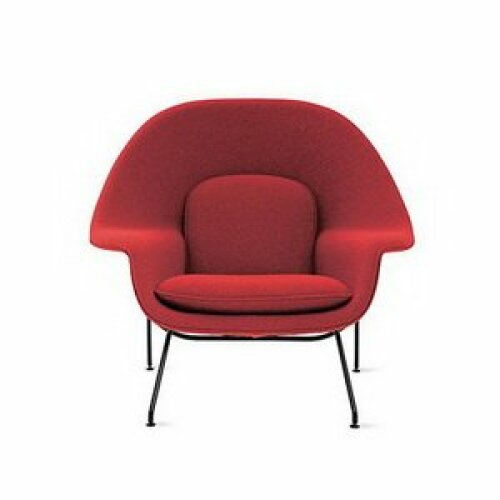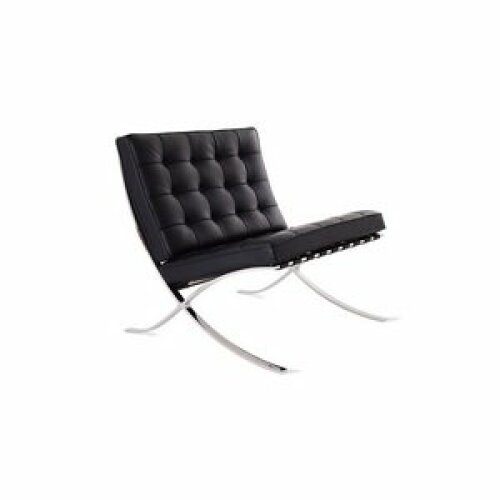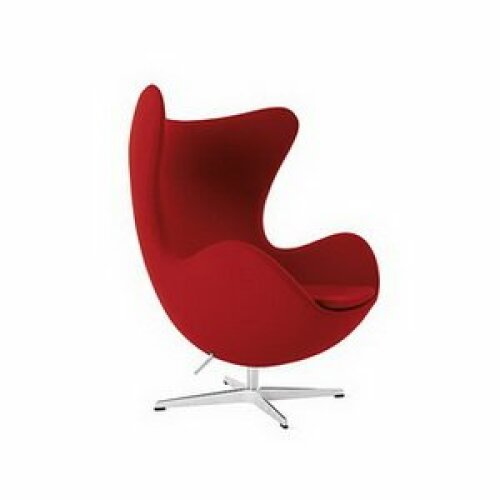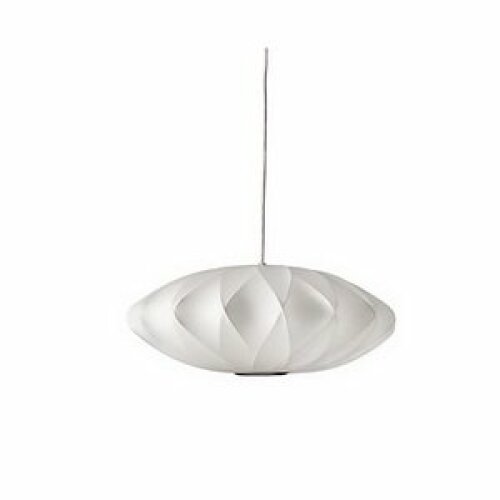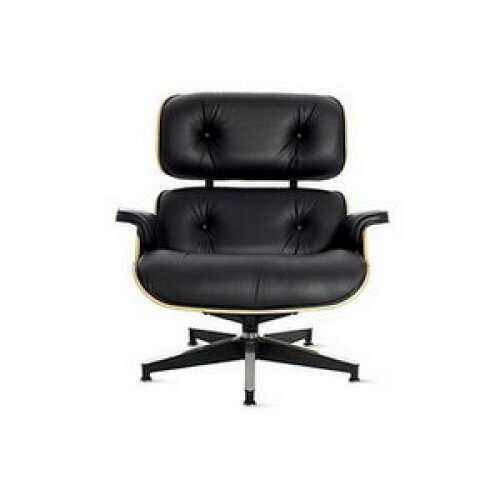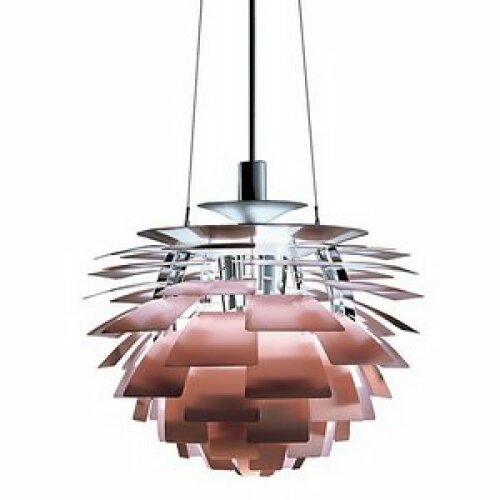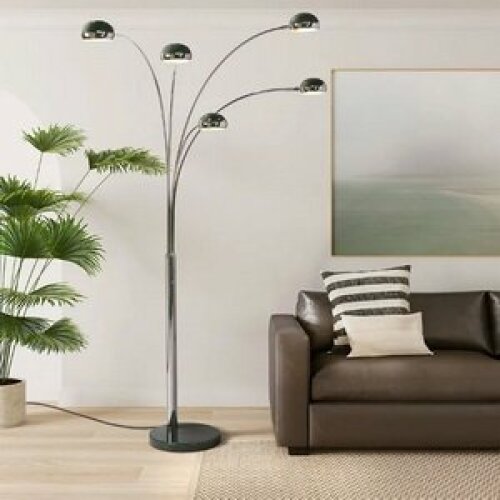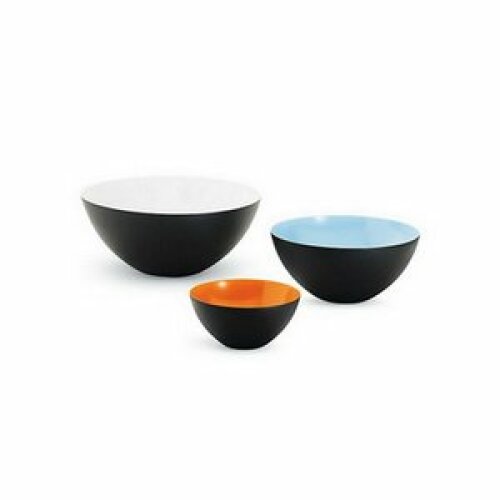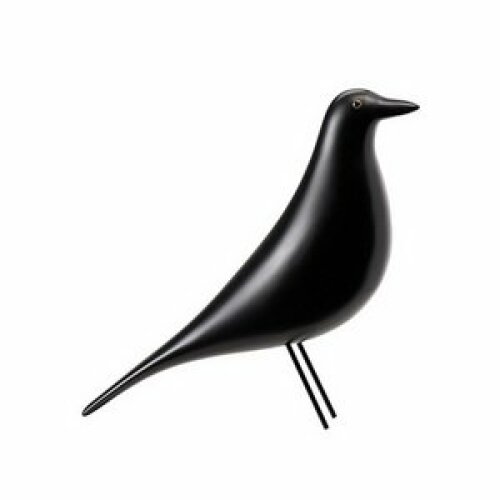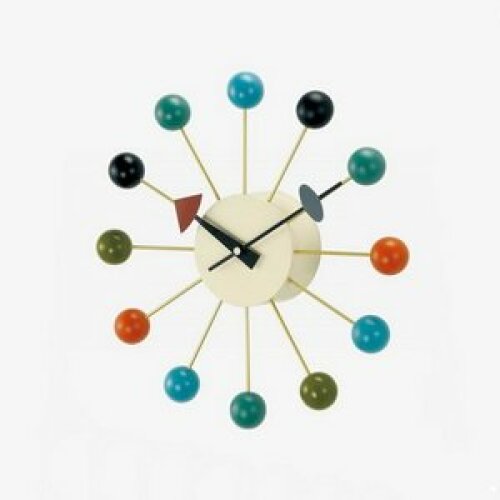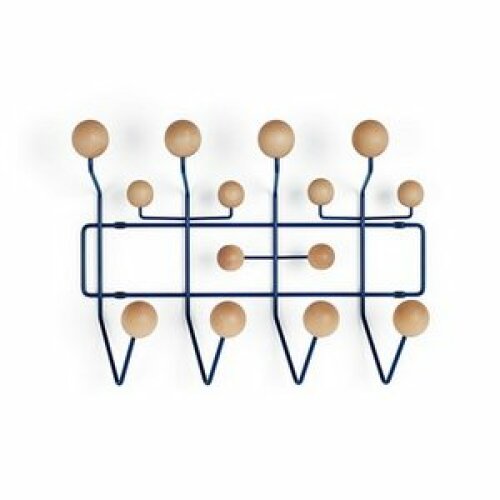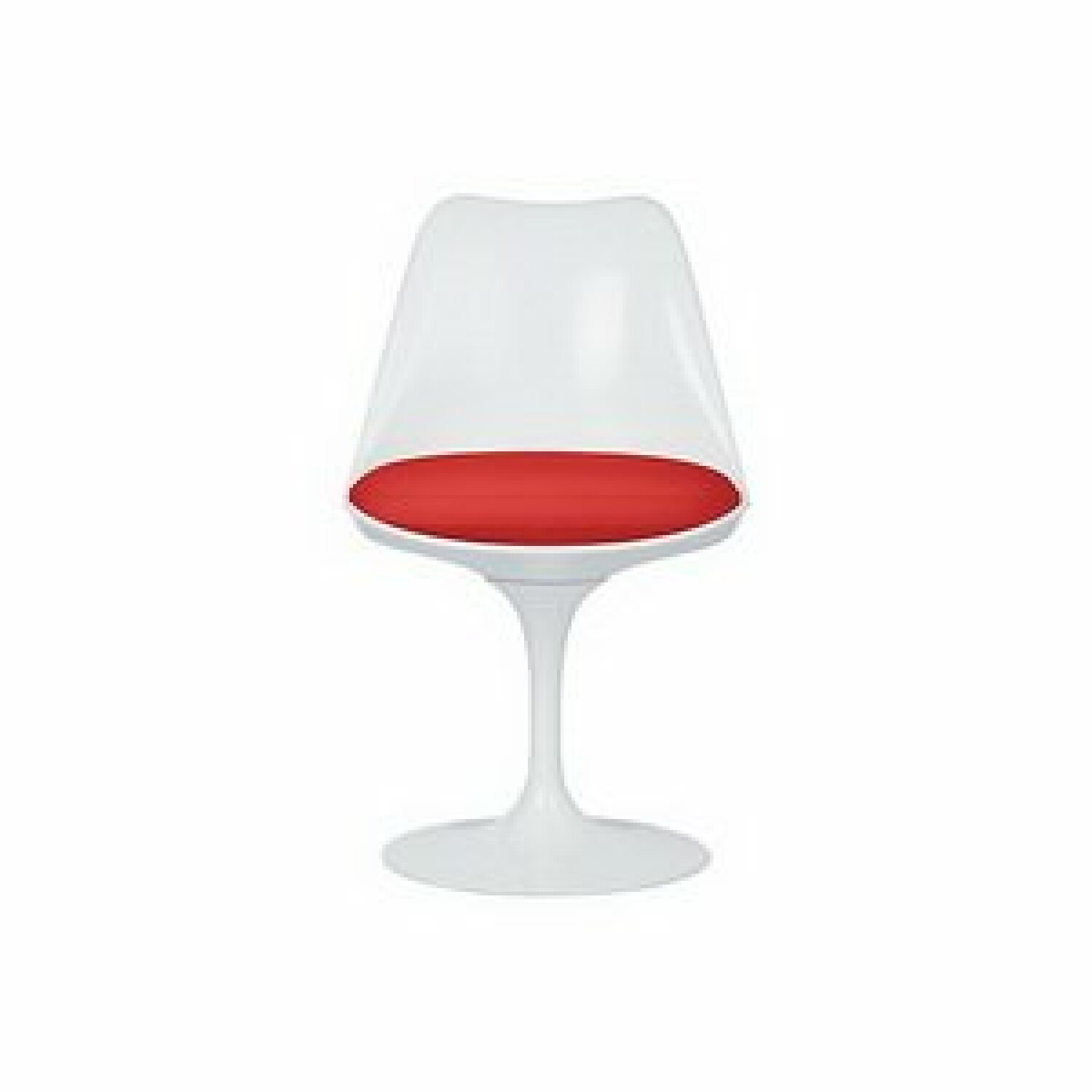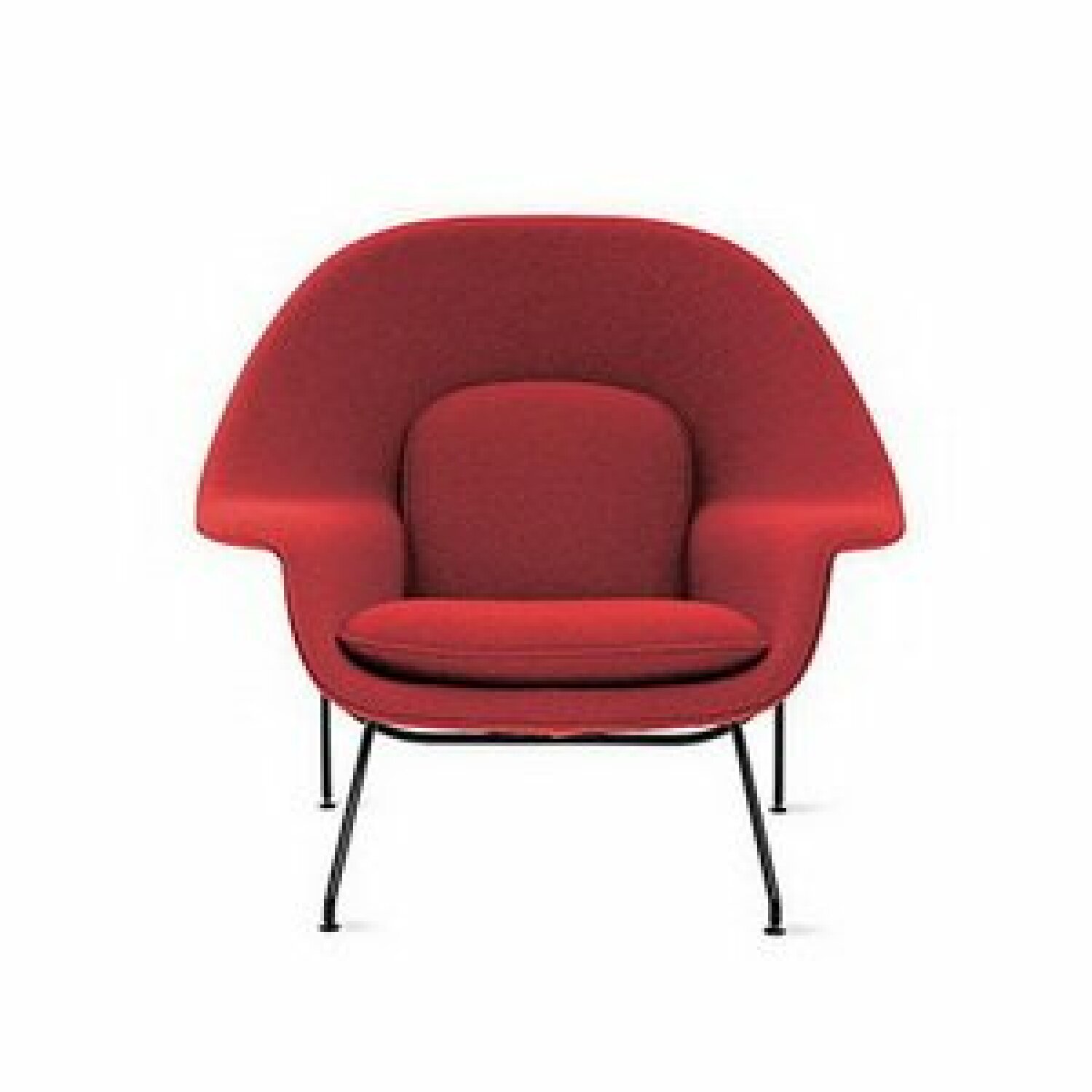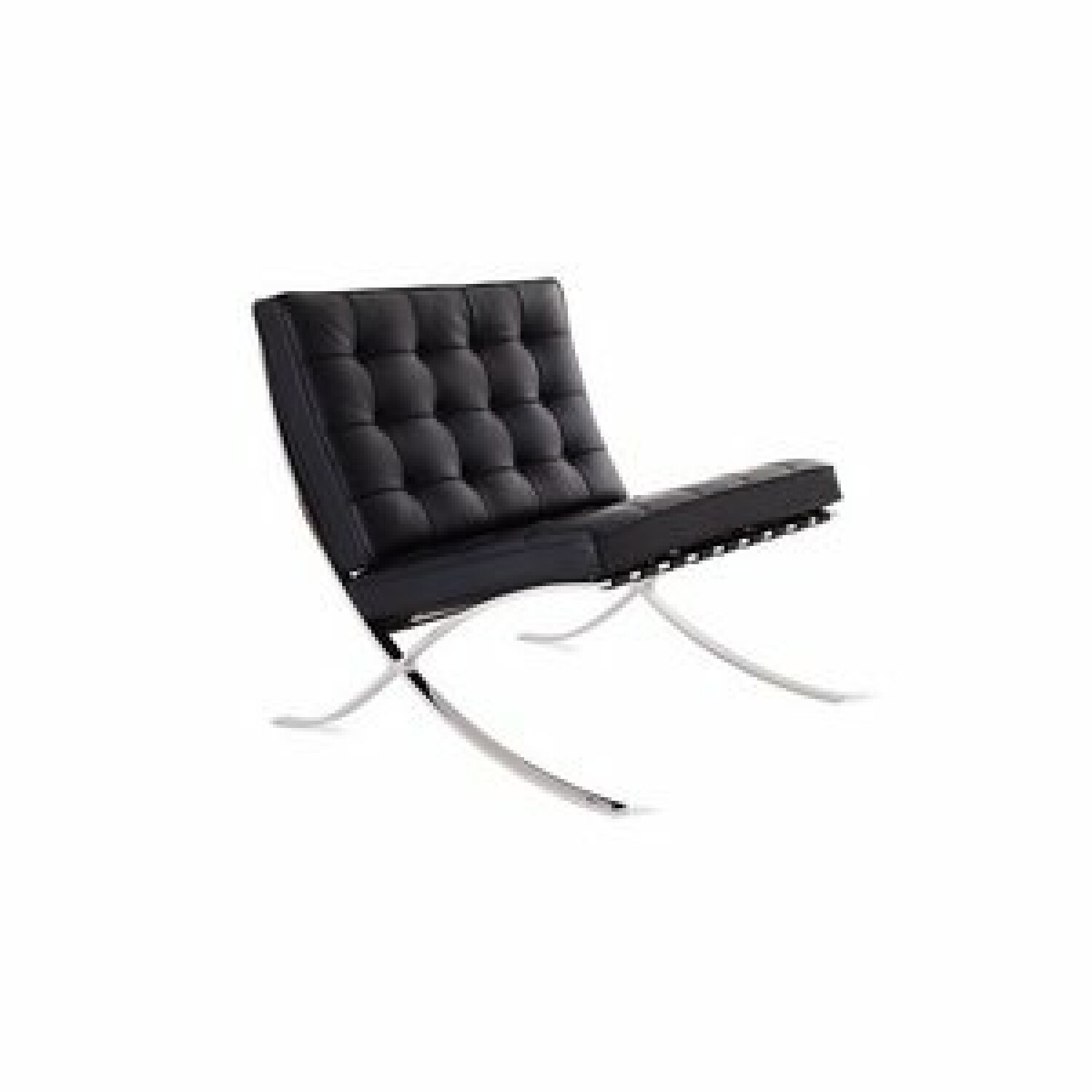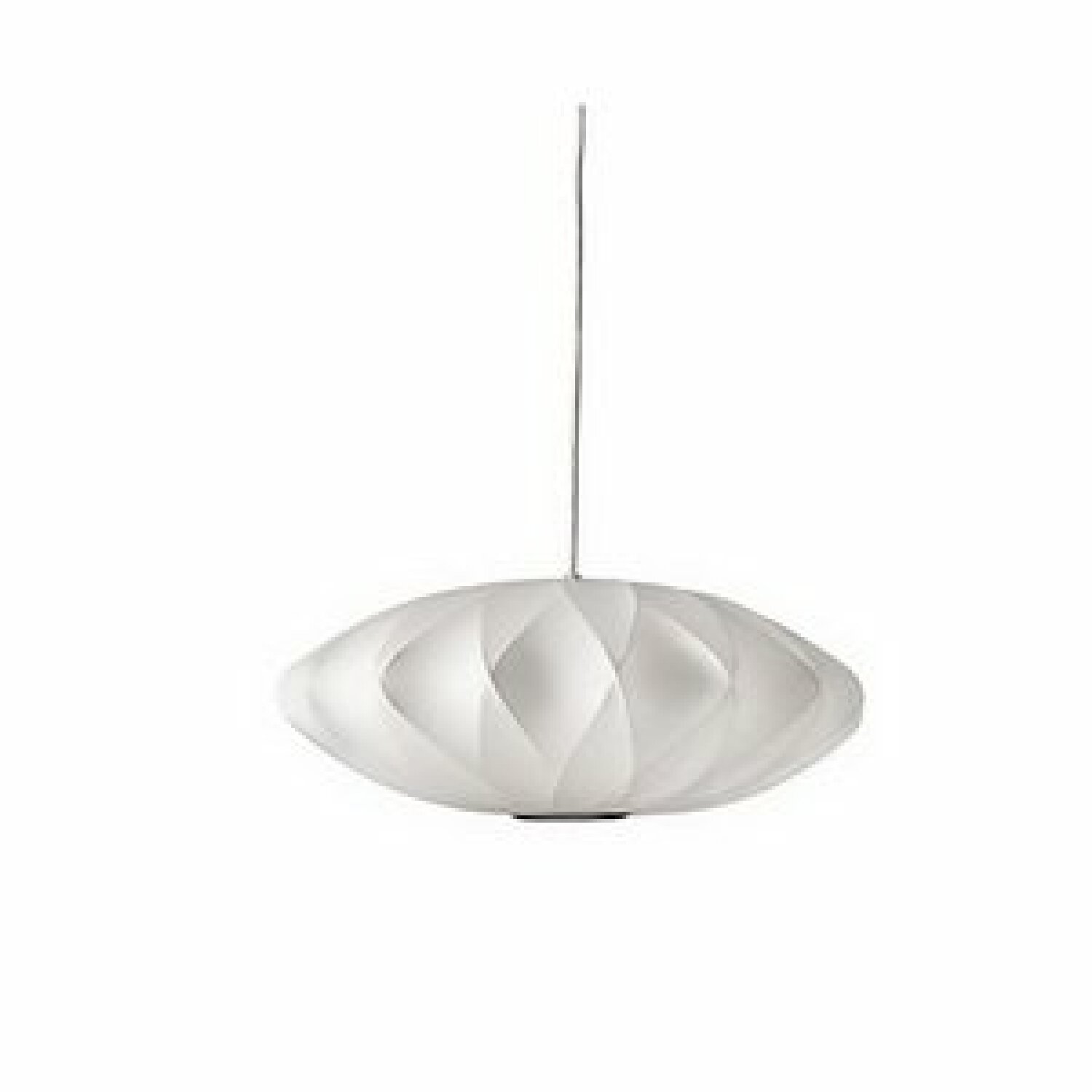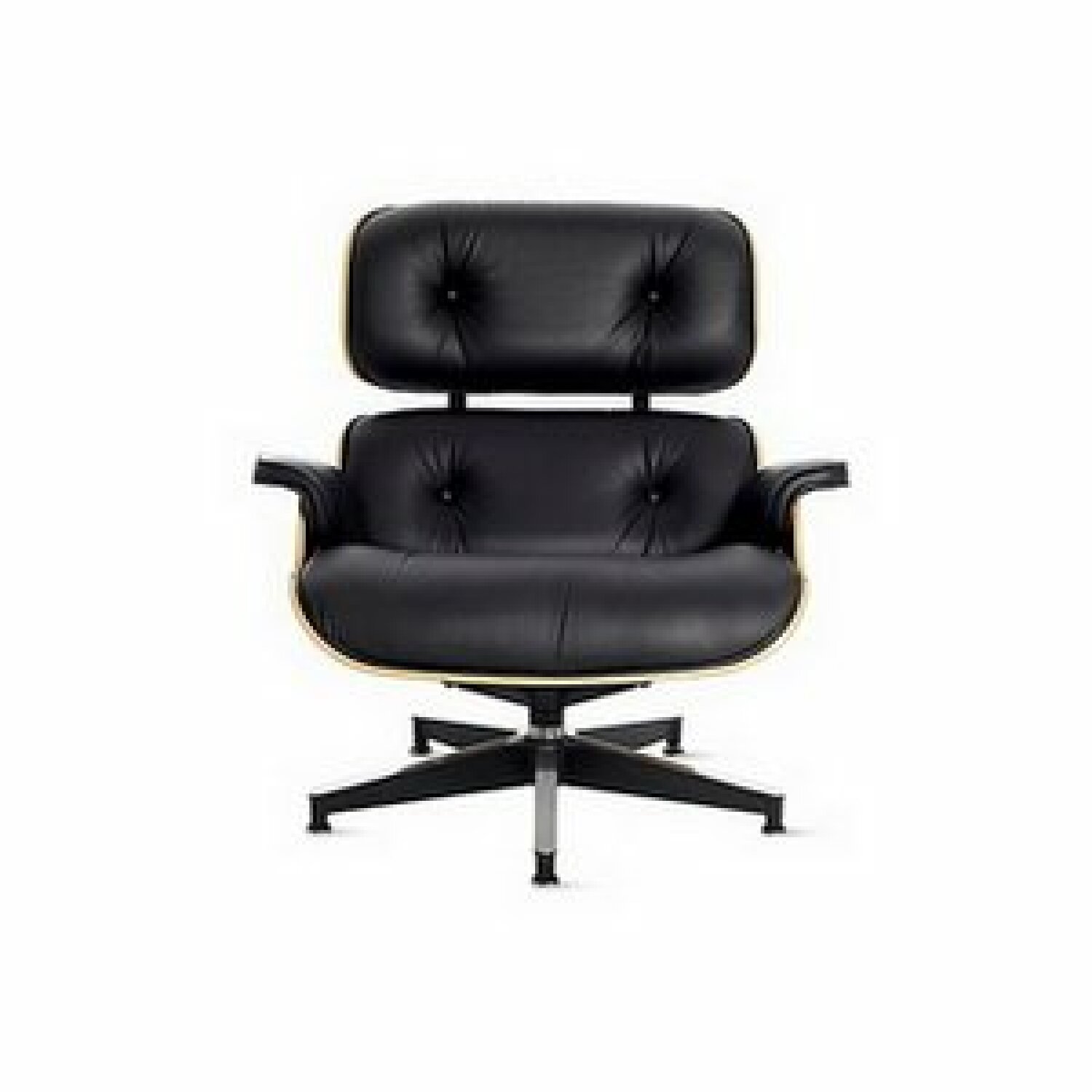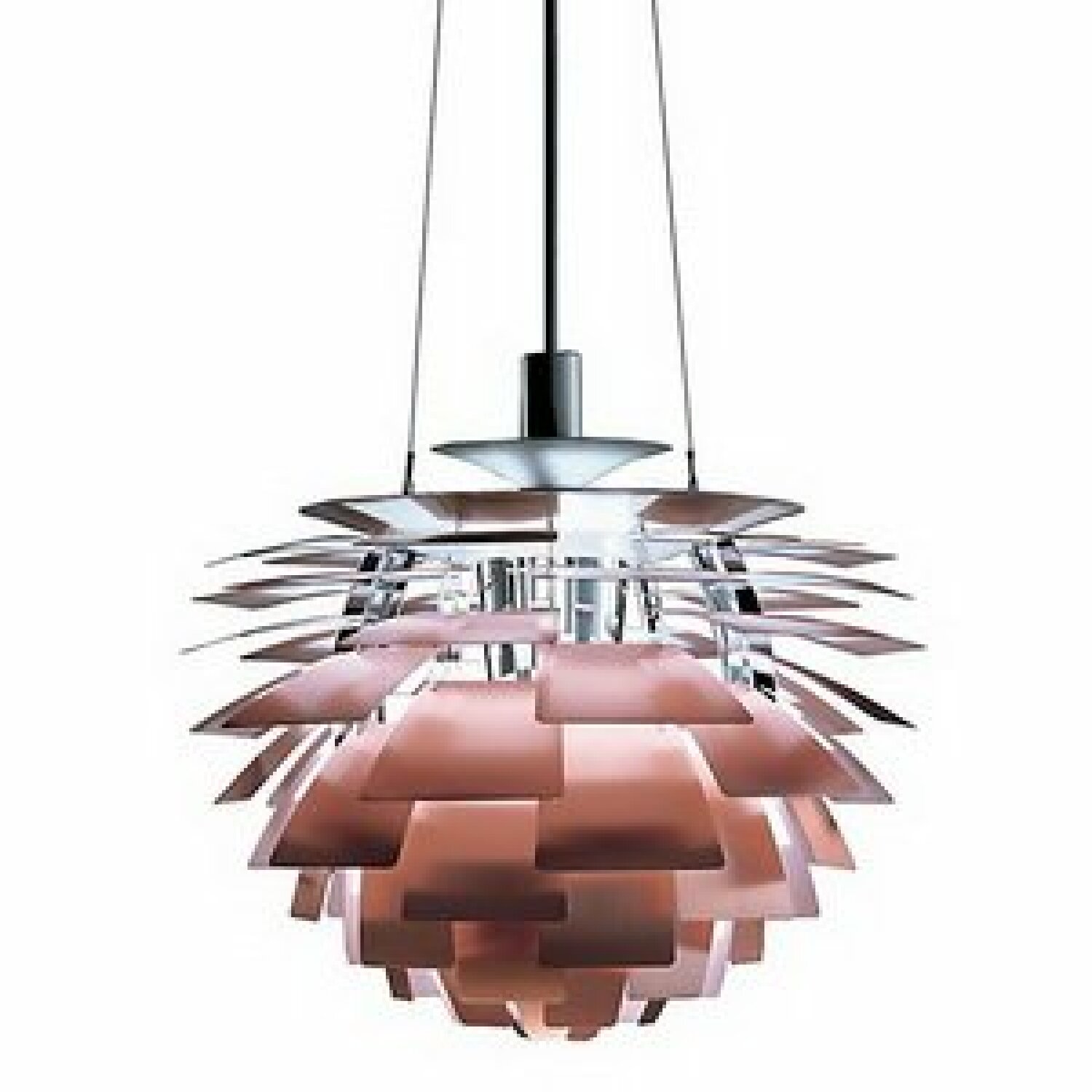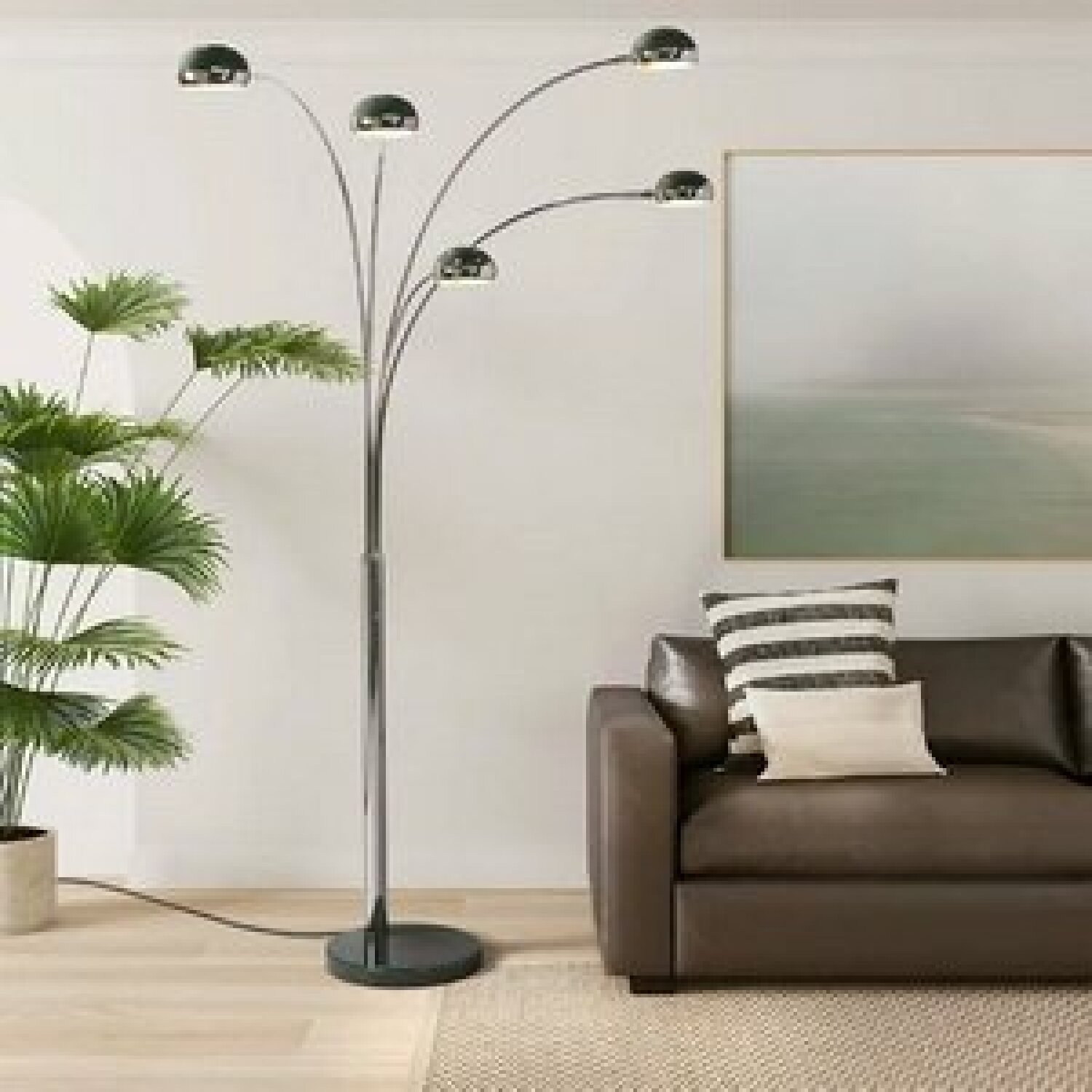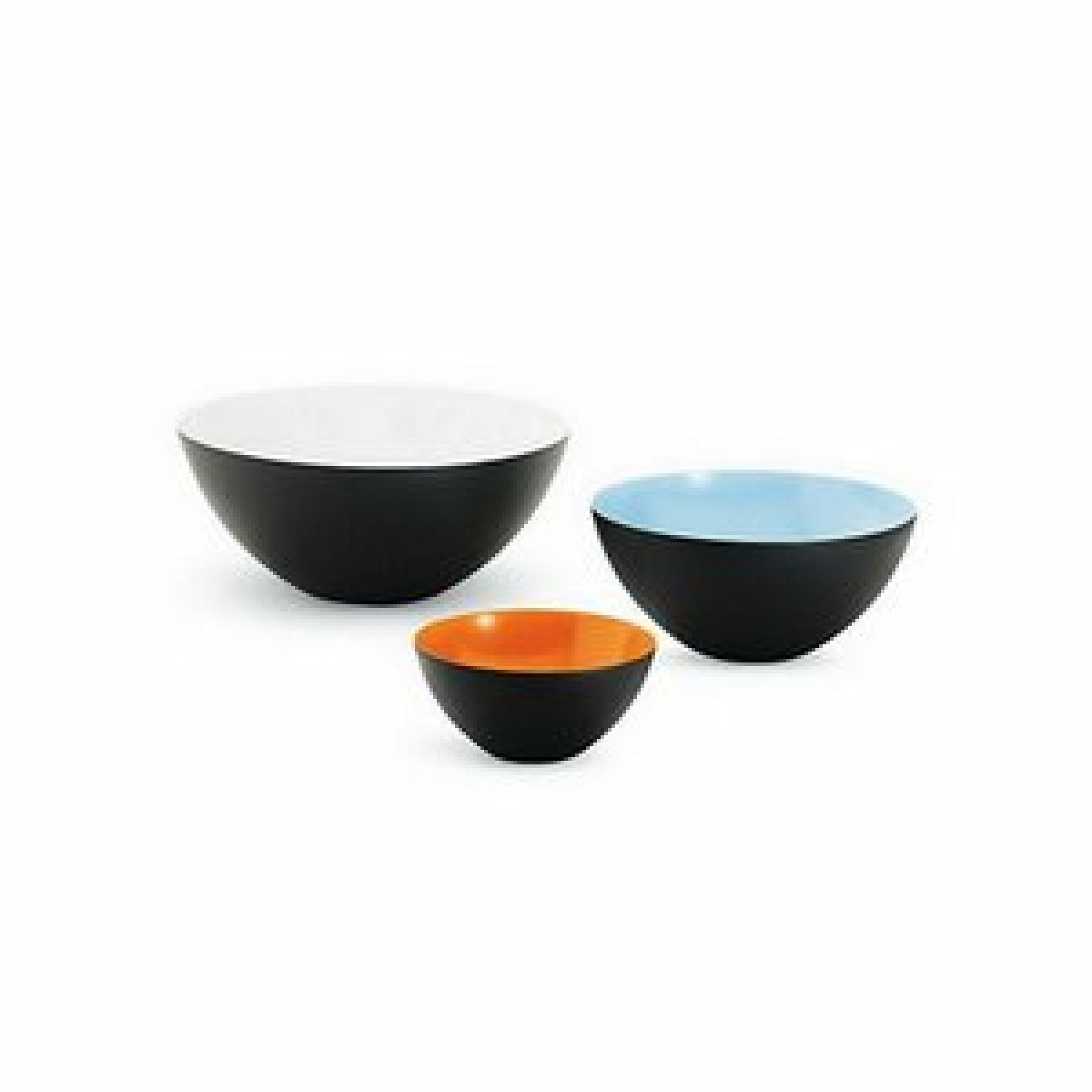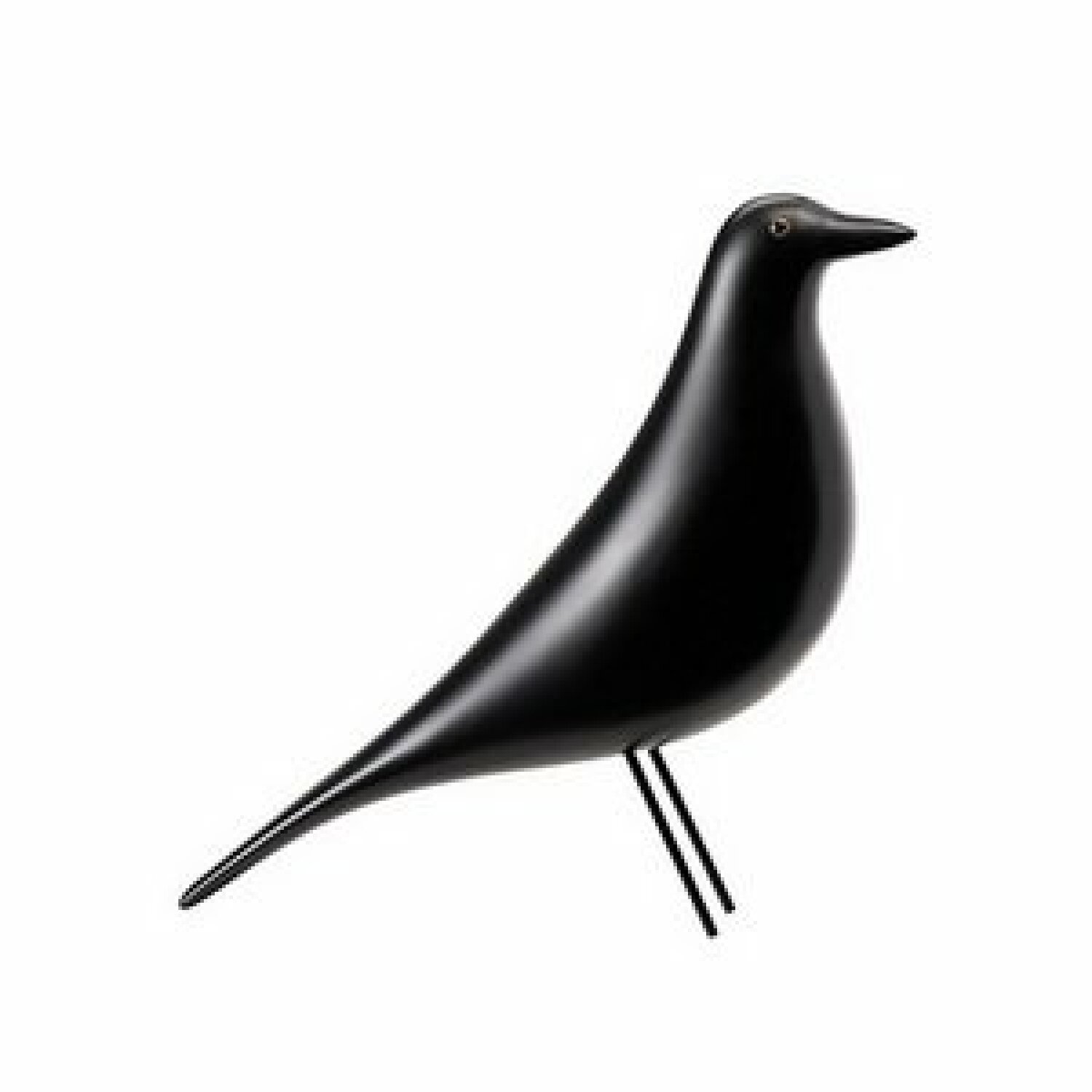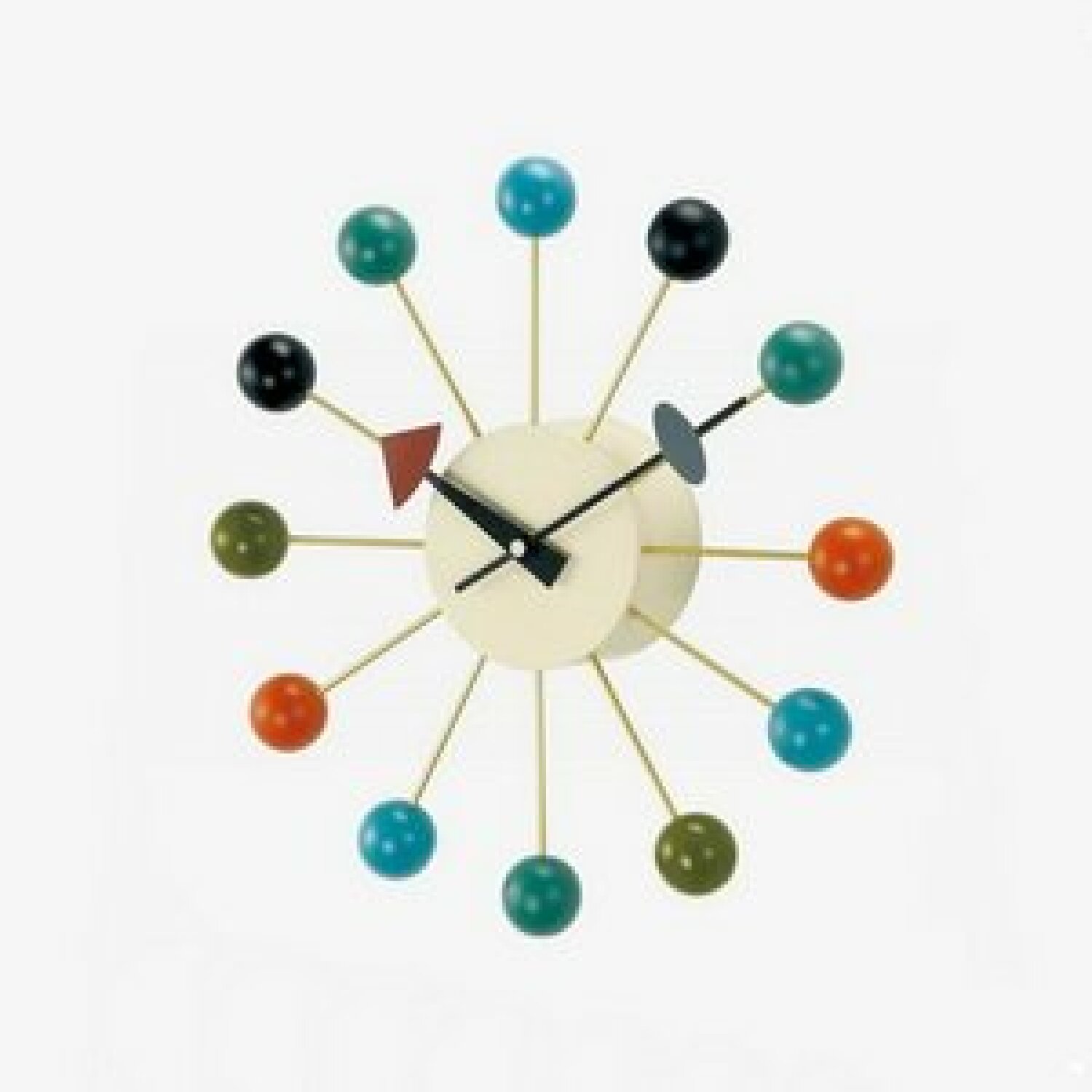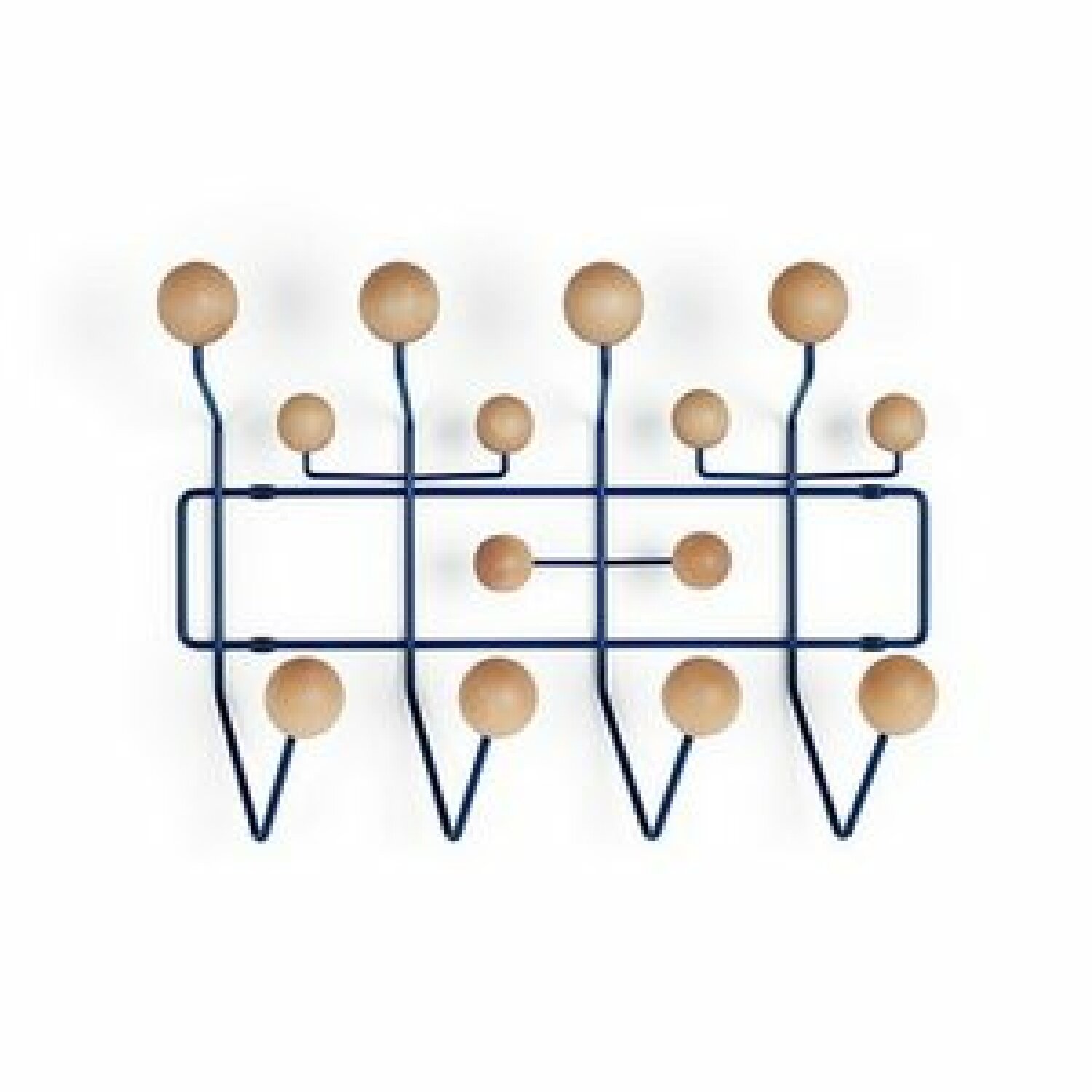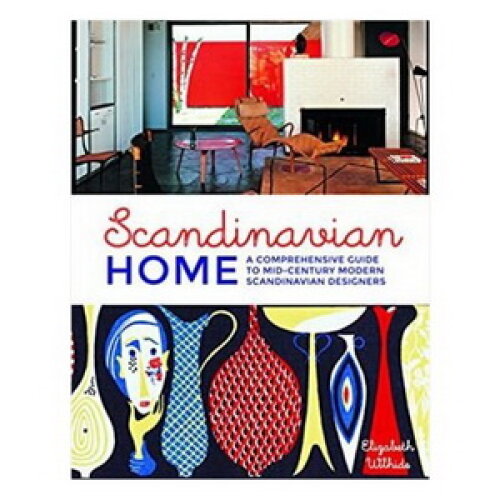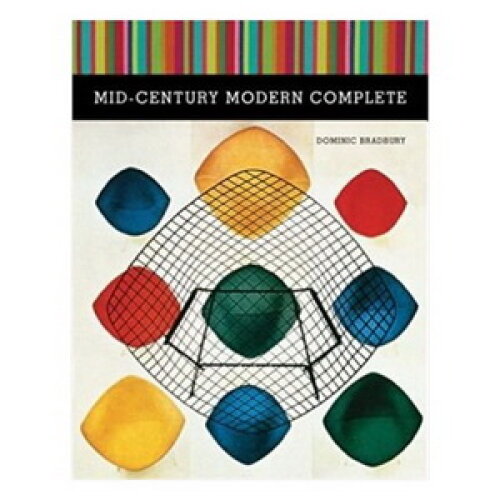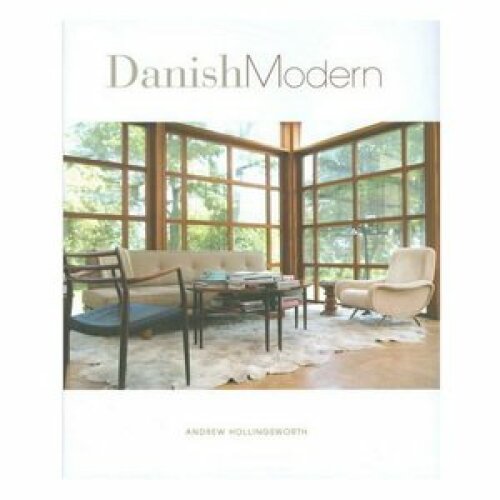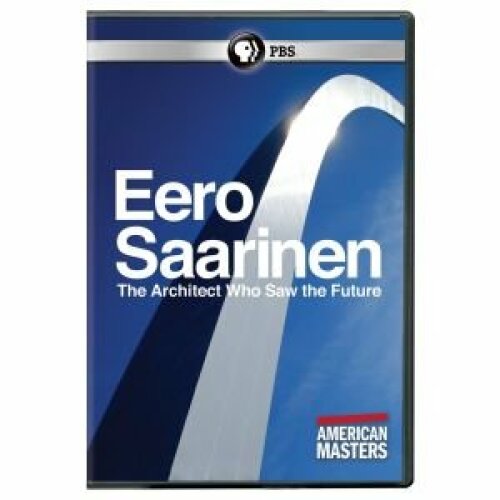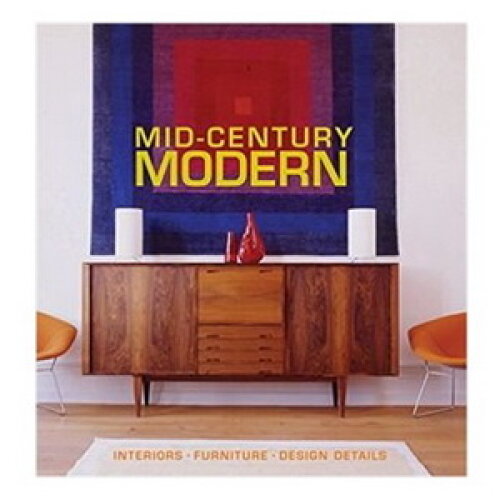How mid-century modern design began

Guggenheim Museum, New York, NY (1959) Frank Lloyd Wright architect (LOC, LC-DIG-highsm-12973)
Architecture led the way
What we think of today as modern design originated in the first part of the 20th century and flourished after World War II. It had its heyday in the 1950s and 1960s. Thus the name “mid-century modern”.
Charles-Édouard Jeanneret, known as Le Corbusier (Switzerland and France), Ludwig Mies van der Rohe (Germany and USA) and Frank Lloyd Wright (USA) were among the architects who pioneered the movement.
A host of others including Charles and Ray Eames (USA), Philip Johnson (USA), Oscar Niemeyer (Brazil) and Eero Saarinen (Finland and USA) were also influential.
What we think of today as modern design originated in the first part of the 20th century and flourished after World War II. It had its heyday in the 1950s and 1960s. Thus the name “mid-century modern”.
Charles-Édouard Jeanneret, known as Le Corbusier (Switzerland and France), Ludwig Mies van der Rohe (Germany and USA) and Frank Lloyd Wright (USA) were among the architects who pioneered the movement.
Johnson Wax Building
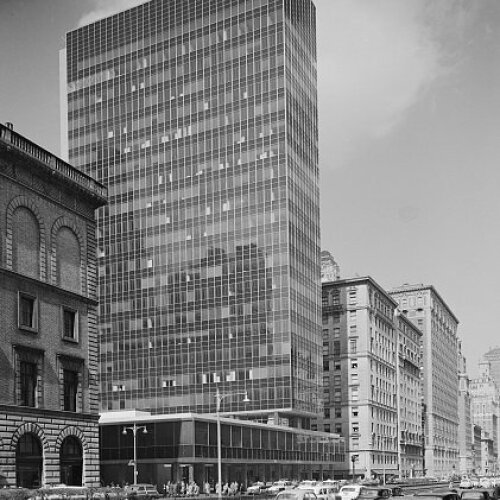

Lever House


United Nations
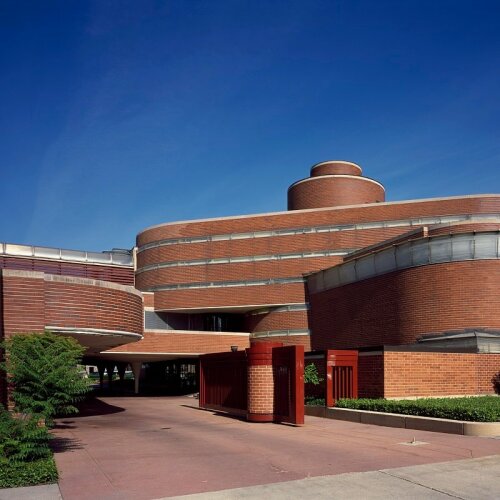

Johnson Wax Building


Lever House


United Nations
A host of others including Charles and Ray Eames (USA), Philip Johnson (USA), Oscar Niemeyer (Brazil) and Eero Saarinen (Finland and USA) were also influential.
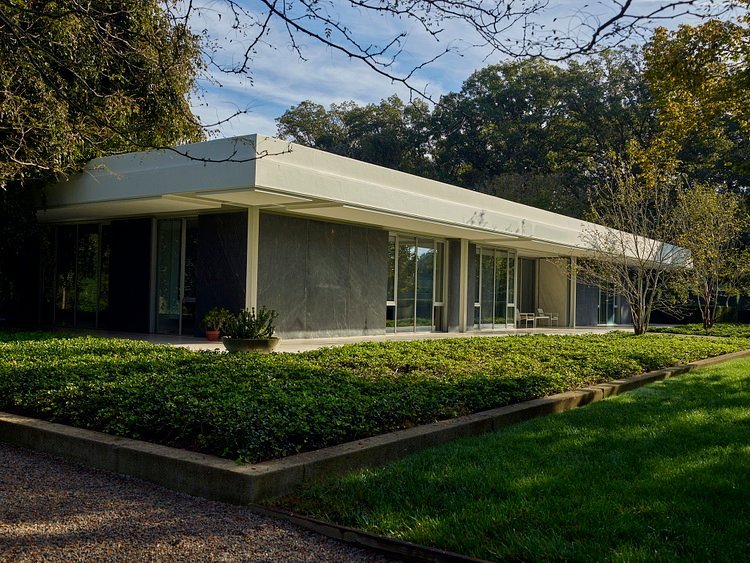

Miller House, Columbus, IN (1957) Eero Saarinen architect (LOC, LC-DIG-highsm-41025)
The mid-century modern look is airy, open and uncluttered with free flowing lines. Large windows are frequently employed with the idea of connecting the interior to the outside world.
Colors are typically muted so as not to overpower design elements and furnishings. A minimalist approach prevails, or as van der Rohe used to say, “less is more”.
Many architects of the time sought to integrate their designs with their surroundings. Local materials were often employed.
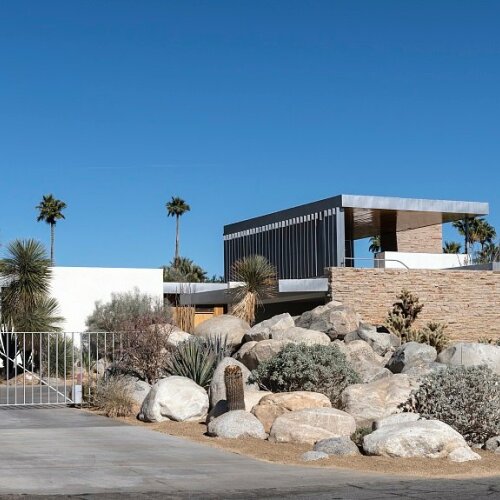

Kaufman House
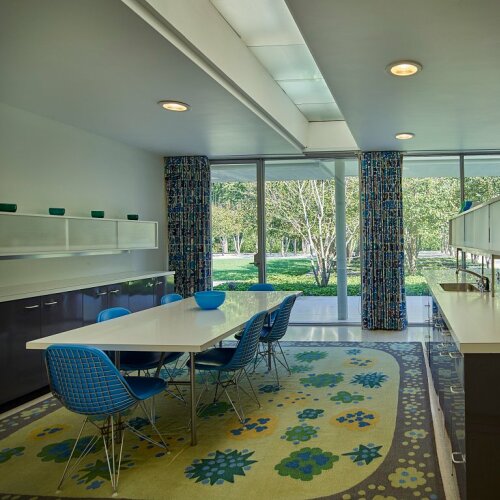

Miller House
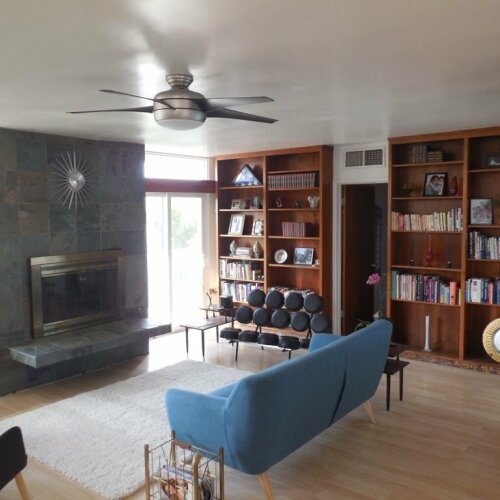

Nielsen Pool House


Kaufman House


Miller House


Nielsen Pool House
Did you know? Columbus, IN, where the Miller House is located, is of all places home to a large number of well-preserved mid-century modern masterpieces.
This claim-to-frame is a result of a decision by J. Irwin Miller, Chairman of the Cummins Engine Company, to embrace the style as a way to attract talent to the city.
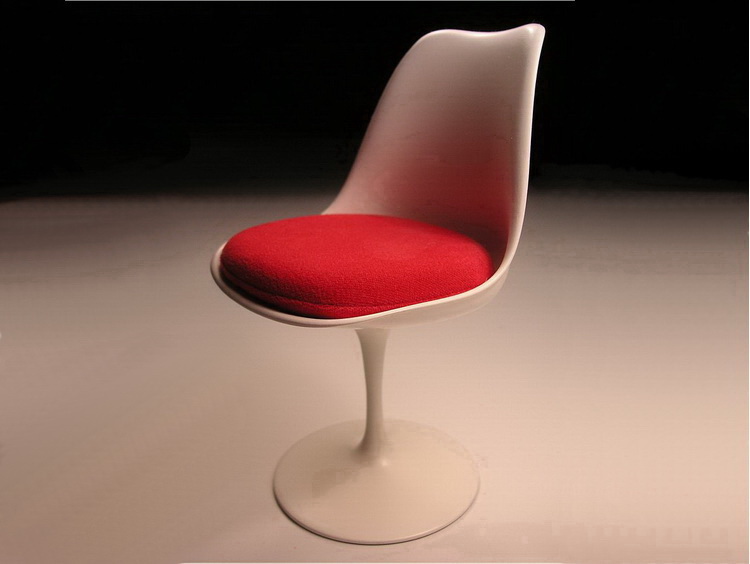

Tulip Chair (1956) by Eero Saarinen (Holger Ellgaard CC BY-SA 3.0 license)
Furniture followed
The mid-Twentieth century also saw the emergence of modern furniture, notably from Scandinavia, but also from the United States.
Simplicity ruled the day. Gone were heavy and ornate pieces. In many respects, form followed function.
In fact, many architects from the period, like Arne Jacobsen (Ant™ and Egg™ Chairs), Ludwig Mies van der Rohe (Barcelona® Chair), Eero Saarinen (Tulip™ and Womb™ Chairs), and Charles and Ray Eames (Eames® Lounge), are also known for their mid-century modern furniture designs.
Did you know? The Tulip™ chair was used on the set of the 1960s television show Star Trek to seat the crew on the bridge of the Starship Enterprise.
A good number of their creations are still being sold today. They are typically expensive.


Bubble Lamp (1952) by George Nelson (Stef Yau CC BY-SA 2.0 license)
Lighting too took on a modern look
A cleaner and more functional approach prevailed.
Pioneers in the area included Alvar Aalto (Beehive pendant lamp), Poul Henningsen (Artichoke Lamp), George Kovacs, George Nelson (Bubble Lamps) and Robert Sonnenman (Orbiter® floor lamp).
Did you know? While working at Herman Miller, a furniture manufacturer, George Nelson had a hand in creating a precursor to the first office cubicle system.
Nelson wanted no credit for this effort which he considered highly dehumanizing.
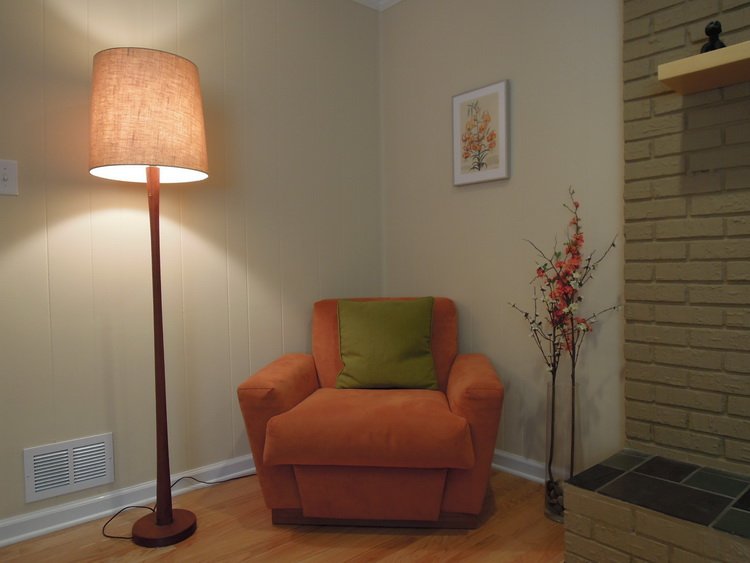

Then there were a host of Danish designers who produced elegant teak floor lamps that are a hallmark of the mid-century modern era. Some lights from the period are still available today.
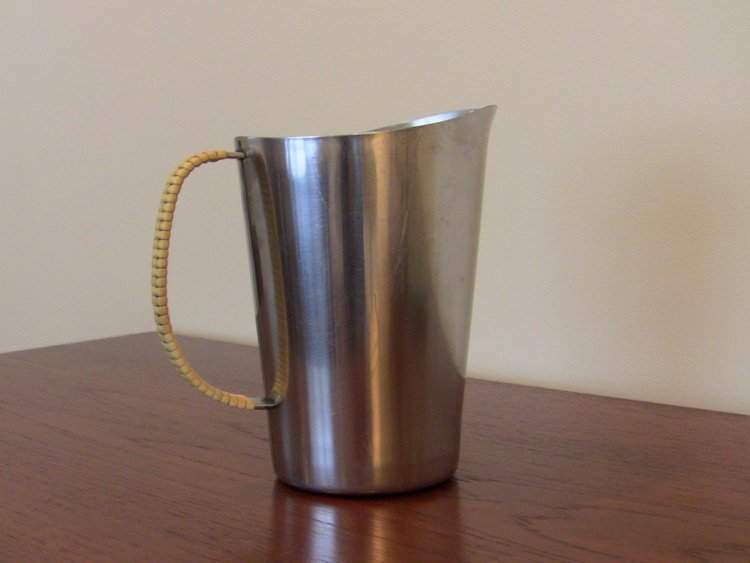

Stainless steel pitcher (Finland 1960s)
Houseware was also modernized
Mid-century designers also turned their attention to houseware such as dishes, glassware, and flatware. Scandinavians, particularly the Danes, were at the forefront.
Stainless steel and teak were favored materials. After World War II, modern houseware became popular in the United States.
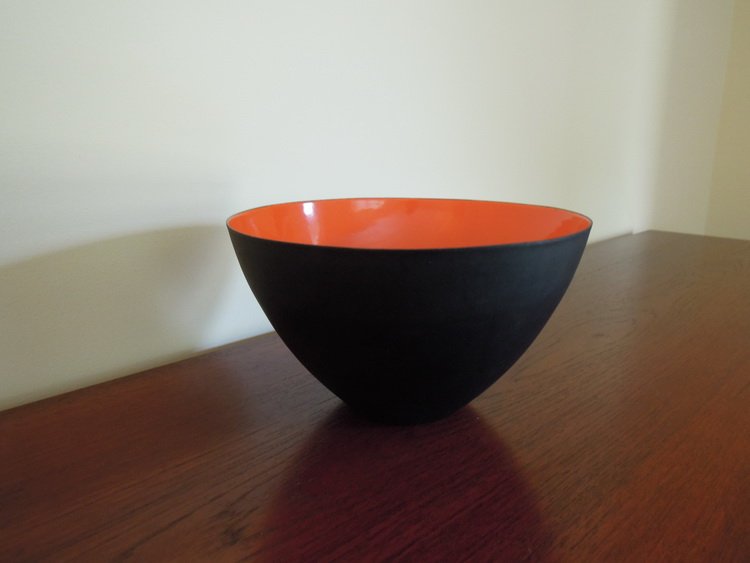

A noteworthy example of the mid-century modern style is the enameled steel Krenit bowl created in 1953 by Herbert Krenchel (Denmark).
Did you know? The Design in Scandinavia exhibition that traveled around the United States and Canada from 1954 to 1957 helped expose Americans to mid-century modern design.
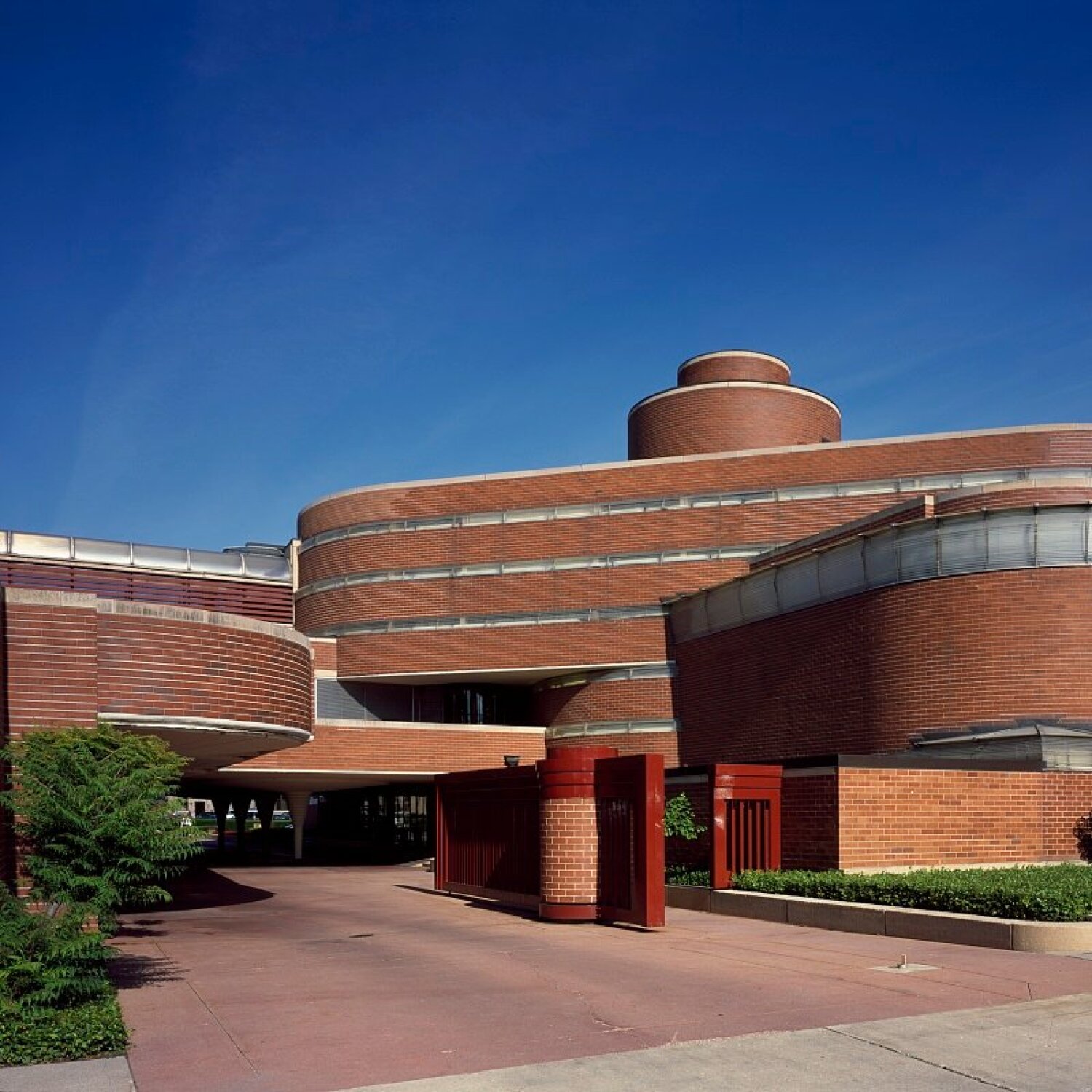

Johnson Wax Building
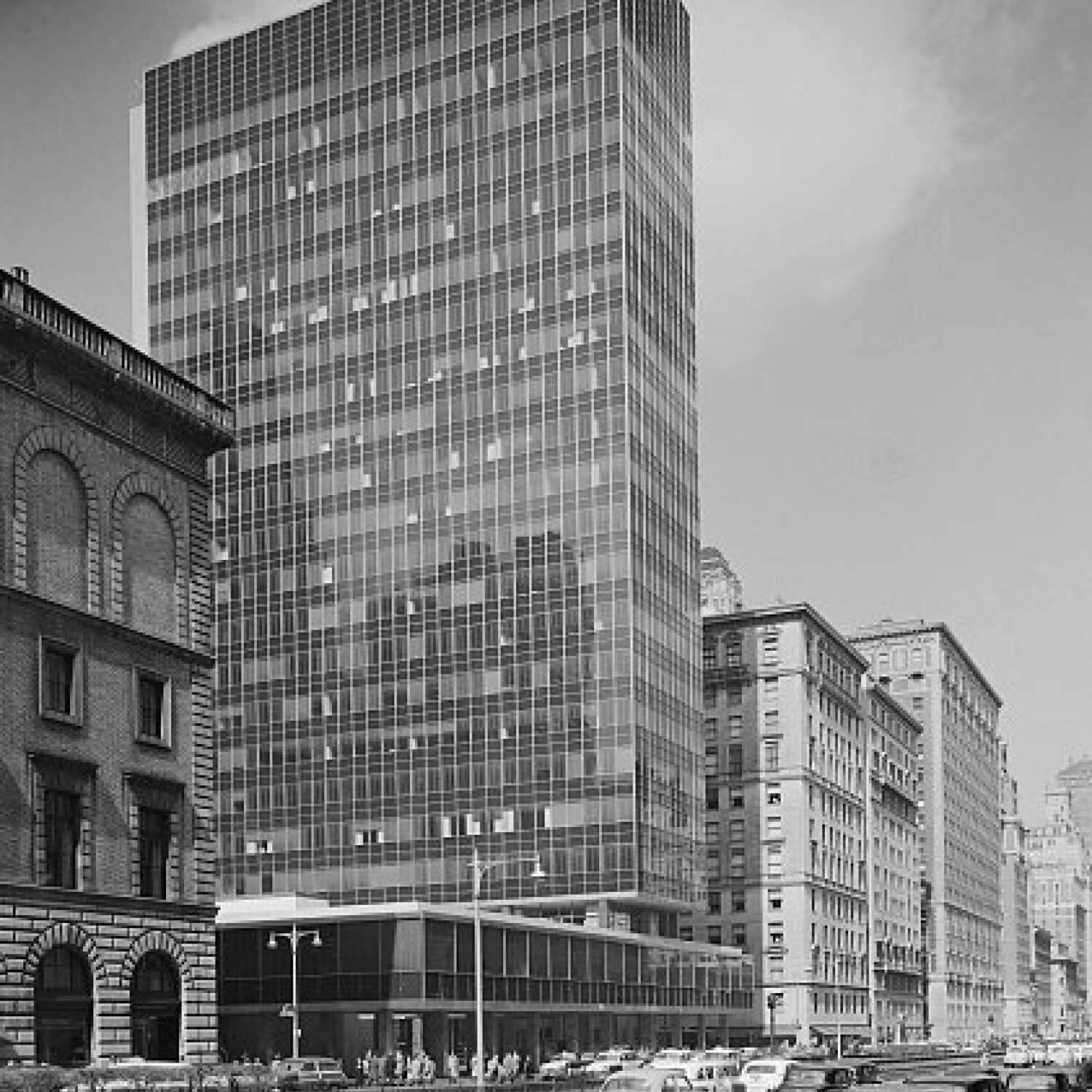

Lever House


United Nations


Kaufman House
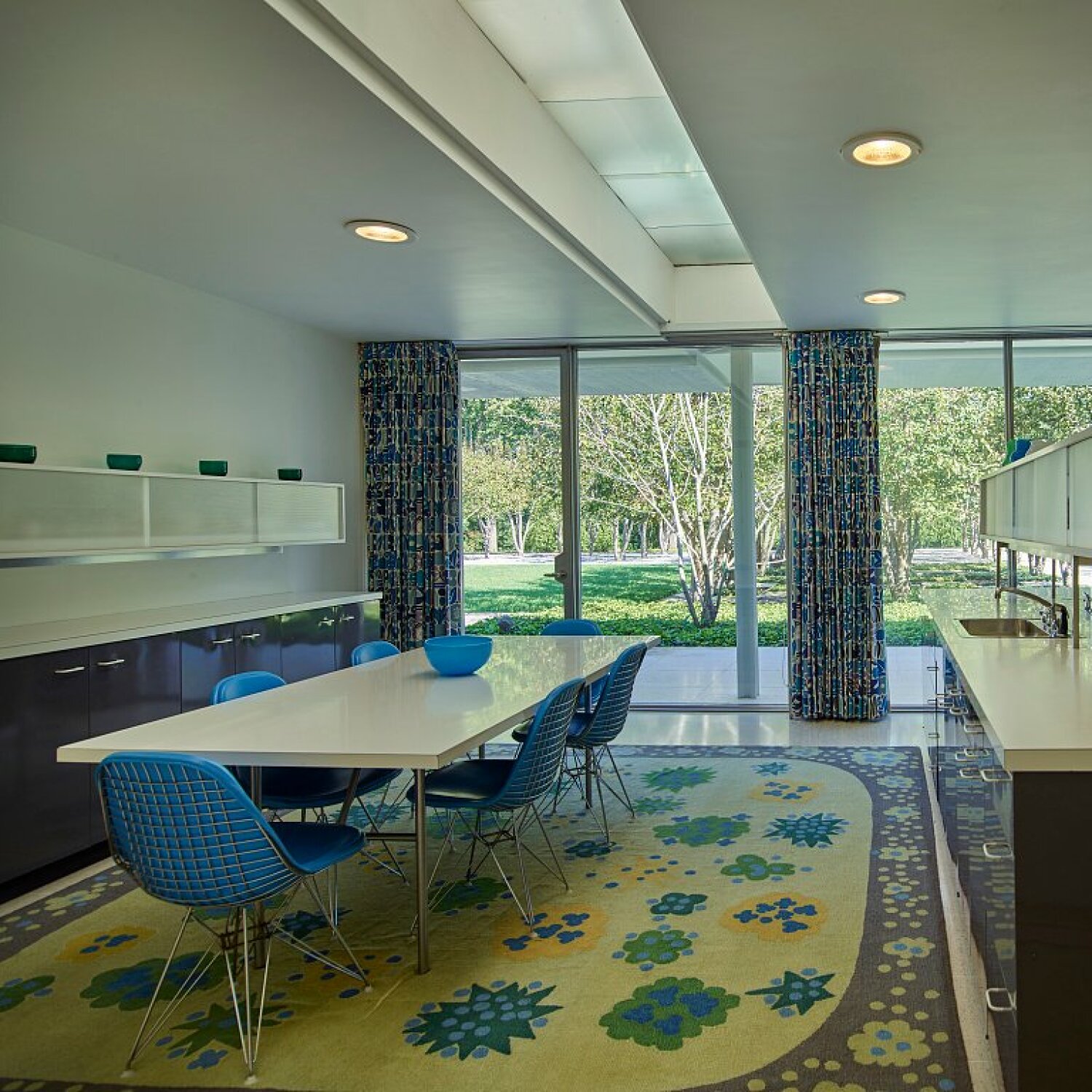

Miller House
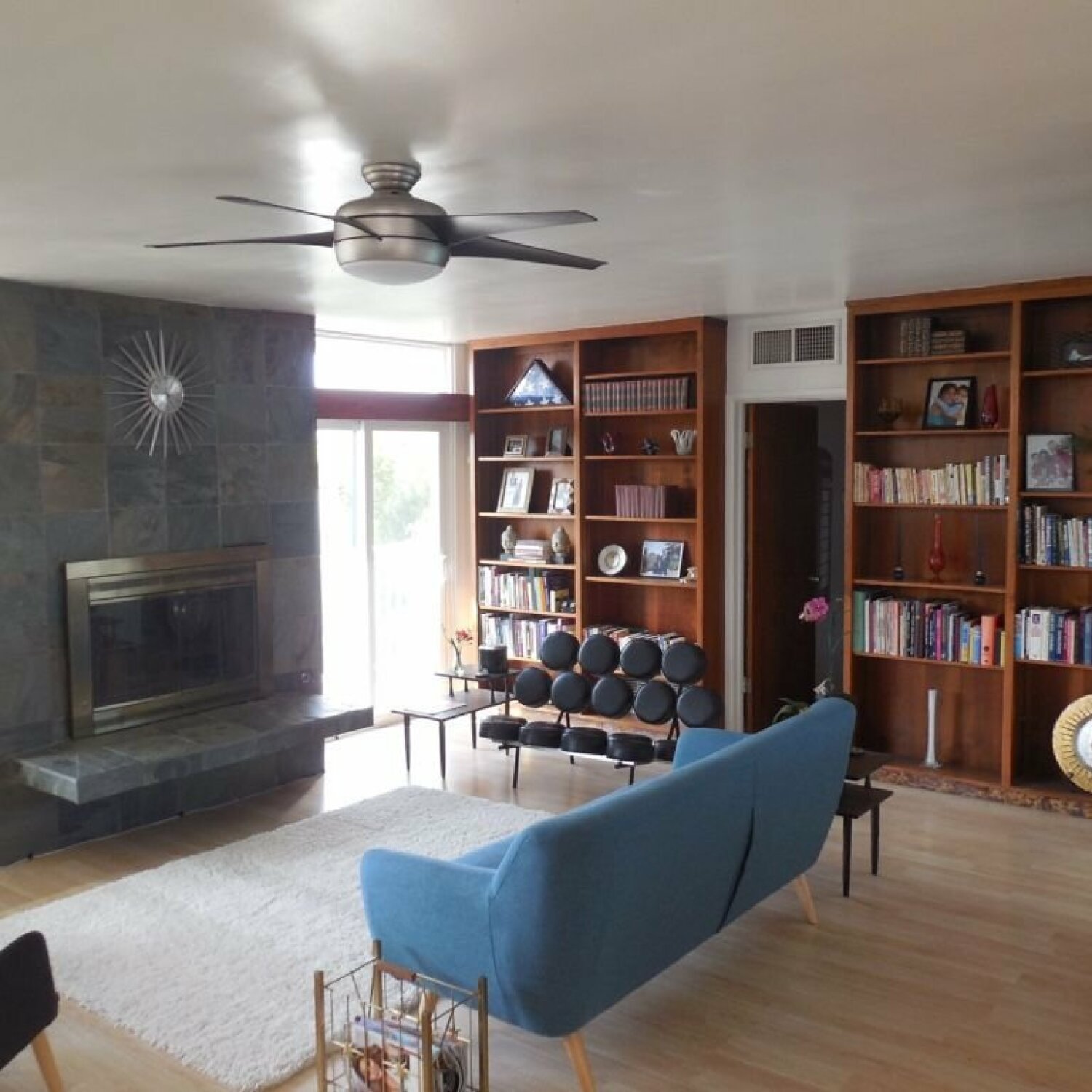

Nielsen Pool House
Books and videos you might be interested in:
